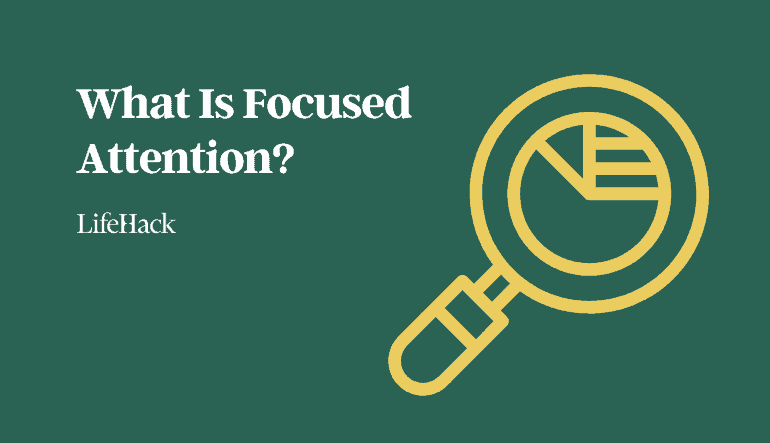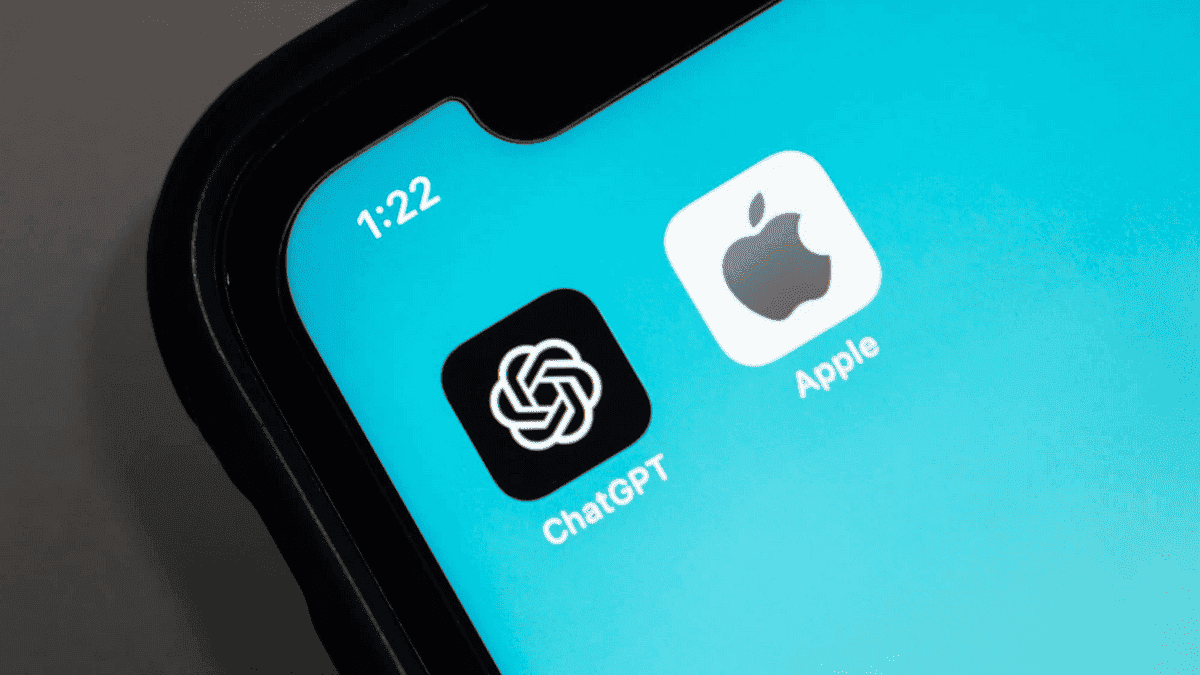Have you ever sat down to read something you wrote? Think about that resume you were about to send or that all-important email or message. You’ve probably been concentrating so hard that the world around you seems to have disappeared. You had to focus all your attention on him just to make sure everything was right.
Or maybe you’ve been on the other side of things, meticulously reviewing work submitted by others. Remember scanning those lines, making sure there were no mistakes, paying attention to every single detail?
What you were doing in those moments, whether you realized it or not, was harnessing the power of focused attention. It’s something we all do, something we all need, but often something we take for granted.
In this article, we will dive into the world of focused attention and explore how this simple act of concentration can transform the way we work, think and live.
What is focused attention?
Focused attention is not an abstract concept. It’s the tangible ability of your brain to zoom in on something and stay locked onto it for as long as necessary. It’s what allows us to focus on relevant stimuli, whether they’re internal feelings like thirst or external sounds like a passing siren.
This kind of attention is critical not only for survival, but also for making our daily lives run smoothly and productively. You can learn more about the ins and outs of this concept here.
Simply put, focused attention is the ability of your brain to concentrate on one activity for a period of time. It’s like assigning special resources in your brain to just one task, allowing you to do it better and faster. When you focus, everything else falls into the background.
Examples of focused attention
Let’s look at some examples of focused attention:
Daily tasks
You may not notice it, but you use focused attention every day. Do you remember picking up the pen that rolled off your desk? Or maybe focus on your favorite TV show or follow a recipe while cooking dinner?
All of this requires a special ability to focus your mental energy on what is in front of you.
On work
No matter what your job is, focused attention plays a role. Whether you’re writing a report, operating machinery, or planning a project, devoting time and attention to your work is essential.
It’s not just about getting the job done; it’s doing it well and effectively.
While driving
Here, focused attention becomes not just a skill, but a life-saving ability.
When you’re behind the wheel, paying attention to everything around you – the road, other cars, speed, road signs and even your vehicle’s warning lights – is critical. A momentary distraction can have dire consequences, and well-timed, focused attention can mean the difference between a safe trip and a tragic accident.
Types of attention
Attention is far from a single concept. It is a complex mechanism that takes many forms. Drawing from Sohlberg and Mateer’s hierarchical model, we can break it down into categories:
1. Sustained attention
Getting someone’s attention? easy. Saving? This is the hard part. Sustained attention is the ability to maintain your concentration for an extended period of time, even when doing something repetitive and routine.
For example, imagine you are listening to a lecture on a complex topic. Your mind needs to stay engaged, filtering out distractions to grasp the material.
This kind of attention is essential to most learning and work activities, but it is elusive, often slipping through our fingers just when we need it most.
2. Selective attention
In a world full of incentives, we are constantly faced with choices. Selective attention is our brain’s way of choosing one thing to focus on amidst all the noise. It’s not about isolating something challenging or unique; it’s about choosing what’s important to you at that moment.
Imagine yourself at a crowded party, but somehow you can focus on one conversation despite all the background noise. It’s selective attention at work, your brain hones in on what’s important to you.
3. Alternation of attention
Life is full of twists and turns, and our attention must be just as nimble. Shifting attention is our ability to shift our focus quickly from one task to another, even if they require different levels of understanding.
Think about how you switch between reading a serious news article and laughing at a friend’s text. Your brain needs to adapt quickly, and it does. We use this form of attention frequently, adapting to the ever-changing demands of life.
4. Divided attention
Have you ever wished you had more than one pair of eyes? Divided attention is the closest we can get, allowing us to focus on several things at once. Yes, this is also known as multitasking. But this type of “multitasking” only works when one of the tasks doesn’t actually require your brain to process anything.
Take, for example, cooking dinner while listening to music. Listening to music doesn’t require your brain to really work on anything, and that’s why you can use most of your attention on cooking.
What affects our attention?
Our attention span is as short as time. Some days it’s clear and focused, while other days it’s scattered and elusive. Let’s pull back the curtain and examine the factors that affect our ability to concentrate:
Personal factors
Who we are and how we feel plays an important role in our ability to focus:
- Activation level: Being wide awake versus tired or sleepy can make a huge difference in how well we pay attention.
- Motivation: If we care about something, we naturally focus more on it. An exciting book is easier to concentrate on than a boring report.
- Emotion: Our feelings also affect our focus. If we are happy and engaged, we are more likely to process information effectively, while sadness or boredom can cloud our concentration.
Our personal state at any given moment can be a driving force or an obstacle to focused attention.
Environmental factors
Our surroundings can either fuel our attention or destroy it:
A quiet room helps you focus on a challenging task, but add in constant interruptions, noisy neighbors or a blaring TV and your attention can become fragmented.
The environment acts as a stage for our attention, and everything on that stage plays a role in how well we can focus.
Stimulating factors
The very thing we are trying to focus on also affects our attention:
- News: Something new or unexpected will usually grab our attention more easily.
- Complexity: Simple tasks or objects are easier to focus on than complex ones. A single, clear signal is like a beacon, while a mixture of information is like fog.
- Duration: Time also matters. The longer you have to focus on something, the more taxing it can become.
- Prominence: How much a stimulus stands out — like a red apple among green ones — can make it easier or harder to concentrate.
Final thoughts
Our attention is not just about our sheer will to focus. It’s deeply ingrained in our makeup, our environment, and the very thing we’re trying to focus on.
By recognizing the subtleties of what makes us pay attention or lose it, we equip ourselves with the tools to navigate this chaotic world with clearer vision. And since you have already understood these nuances, you are on your way to not only mastering your focus, but also managing it purposefully.
But knowledge is only the beginning. The application is where the transformation begins. Now, more than ever, when distractions multiply, it’s critical to take control of your attention, master it, and channel it productively.
Eager to take the next step? Immerse yourself in this comprehensive guide: How to focus and maximize your productivity. By diving deeper, you position yourself to rise above the noise, cut through the clutter and really focus on what matters.
https://www.lifehack.org/951992/focused-attention







